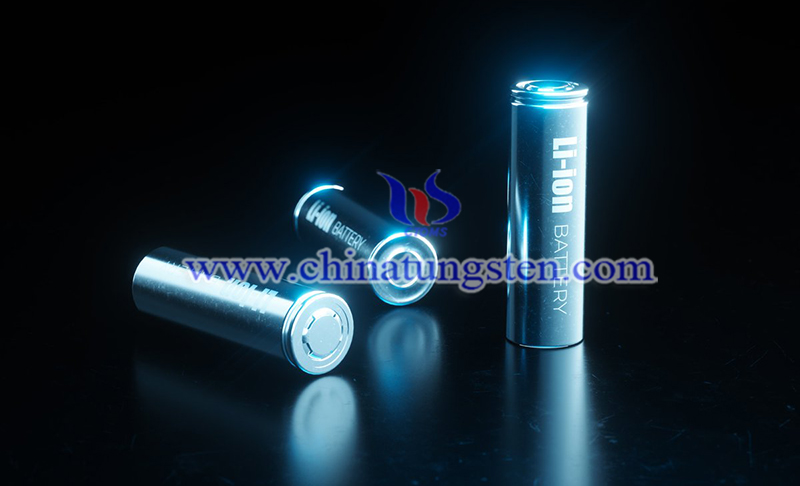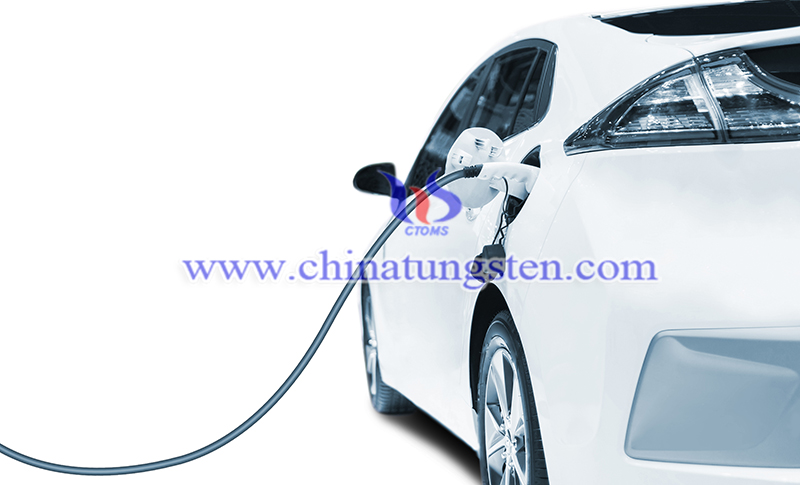BioSolar Patents for Silicon Alloy Anode for High Power Batteries
- Details
- Category: Tungsten's News
- Published on Tuesday, 16 June 2020 20:44
Recently, BioSolar, Inc. a US energy storage technology and materials developer, announced that it has filed a patent application for its "Silicon Alloy Anode for High Power Batteries", providing protection for the implementation of the Company’s silicon additive technology for high power batteries designed for application in targeted industries, such as power tools and hybrid electric vehicles.

Energy storage devices for high-power applications generate a lot of heat when discharged at high speed, so they require costly battery thermal management functions to provide support. To address the shortcomings of high-power energy storage equipment, BioSolar applied its silicon additive technology to silicon alloy anode materials, so to significantly reduce the cost of lithium-ion battery engineering and manufacturing, ultimately lowering costs for end users and strengthening commercial viability in many applications.
Compared with the traditional graphite anode, the silicon alloy anode holds a larger theoretical capacity, which can significantly improve the conductivity and strength of the battery. More importantly, the Si alloy anode can enhance the buffering effect. The use of a super-elastic metal substrate allows the volume of the electrode material to expand on a large scale, which also affects the overall cycle performance of the battery.

However, the silicon alloy anode material for high power batteries has never previously exhibited high heat dissipation property during high rate discharge. BioSolar’s proprietary battery design using its silicon additive technology applied to Si alloy anode materials represents an ideal fit for numerous power cell applications including cordless power tools, drones, certain propulsion systems, and hybrid vehicles.
It is understood that BioSolar is now preparing two different types of commercial-grade 21700 prototype batteries. One is based on the use of silicon alloy negative electrode data composed of Si particles (Si-MP). The other is based on the number of pure silicon negative electrode Si nanoparticles (Si-NP) used. The difference between the two is that the size of Si-MP particles is much larger than that of Si-NP.
![]()
- Tungsten Manufacturer & Supplier, Chinatungsten Online: www.chinatungsten.com
- Tungsten News & Prices of China Tungsten Industry Association: www.ctia.com.cn
- Molybdenum News & Price: news.molybdenum.com.cn
- Tel.: 86 592 5129696; Fax: 86 592 5129797; Email: sales@chinatungsten.com



 sales@chinatungsten.com
sales@chinatungsten.com